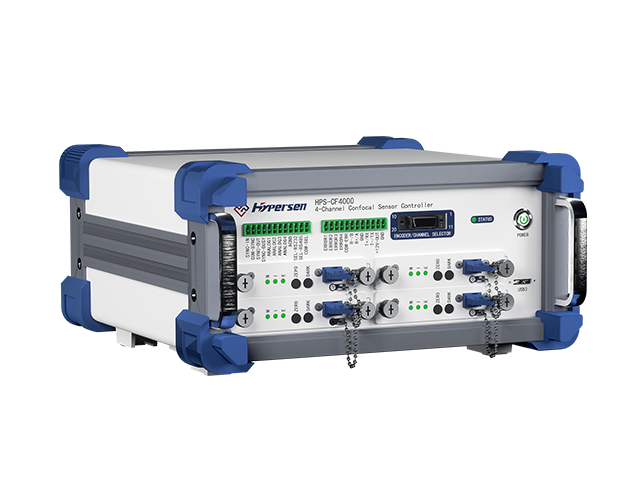Sapphire glass (SAPPHIRE CRYSTAL) generally refers to synthetic sapphire, which is very different from the jewelry that people usually understand-natural sapphire, and is generally used for the manufacture of watch mirrors.
Sapphire glass/ruby glass has very good thermal properties, excellent electrical and dielectric properties, and is resistant to chemical corrosion. It has high temperature resistance, good thermal conductivity, high hardness, infrared transmission, and good chemical stability. Therefore, it is often used to replace other optical materials to make optical components, infrared-transmitting optical windows, and is widely used in infrared and far-infrared military equipment, such as: used in night vision infrared and far-infrared sights, night vision cameras and other instruments And satellite and space technology instruments and meters, as well as windows for high-power lasers, various optical prisms, optical windows, UV and IR windows and lenses, observation ports for low-temperature experiments, and high-precision instruments for navigation, aerospace, and aviation. Be fully applied.

Among the currently available optical film materials, the refractive index of magnesium fluoride (MgF2) is probably the smallest, only 1.38. The use of magnesium fluoride coating can reduce the light reflectivity from 4% to 1.8%, which also increases the transmission. Compared with, of course, in order to improve the transmittance, you can also use multi-layer coating to increase the reflection, that is, coating on both sides of the glass. Especially for watches with a relatively large glass diameter and curvature, it is more necessary to increase the coating treatment. The coating can not completely eliminate the reflection, but can only reduce it.
1. The lens has a certain degree of curvature. I hope to know the degree of curvature through scanning and check whether it is qualified.
2. The thickness of the lens is 5um-3400um, mainly the thickness of the center point, the main key difficulty: find the center point.


The Hypersen chromatic confocal sensor is used for non-contact measurement to avoid secondary damage and pollution to the lens. The sampling frequency can reach up to 7200HZ. The operation is convenient. Within the technical parameters required by quality control.



